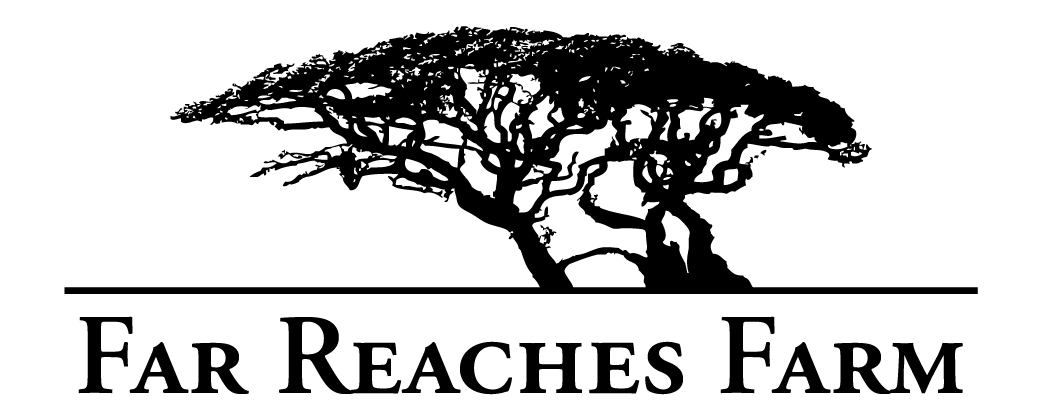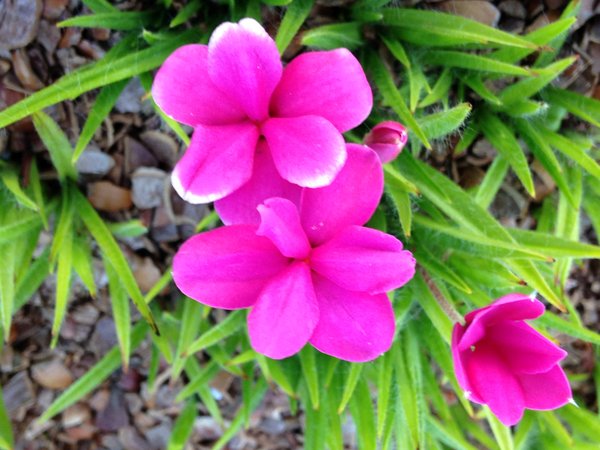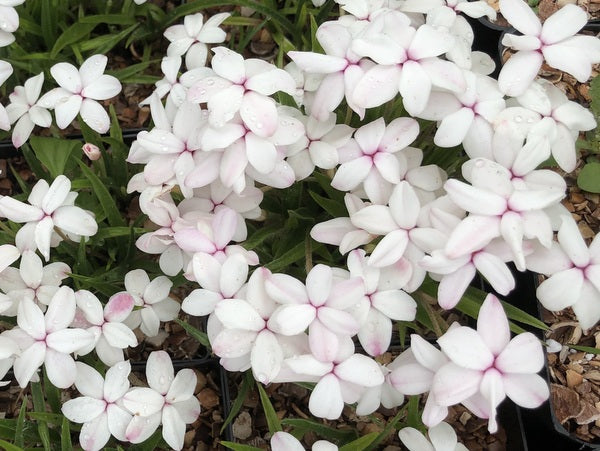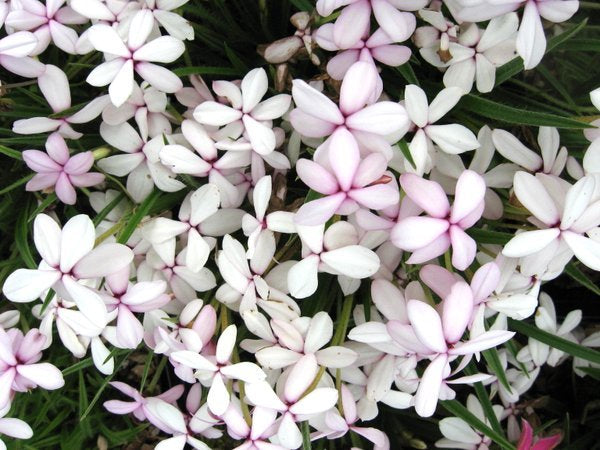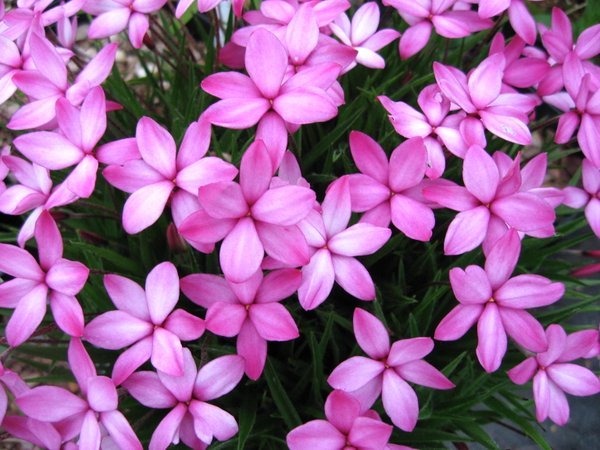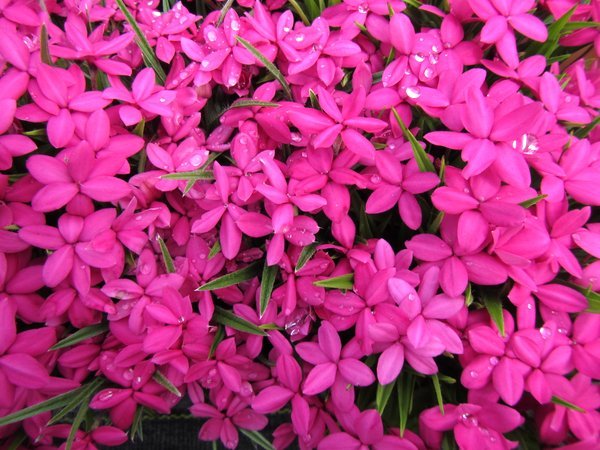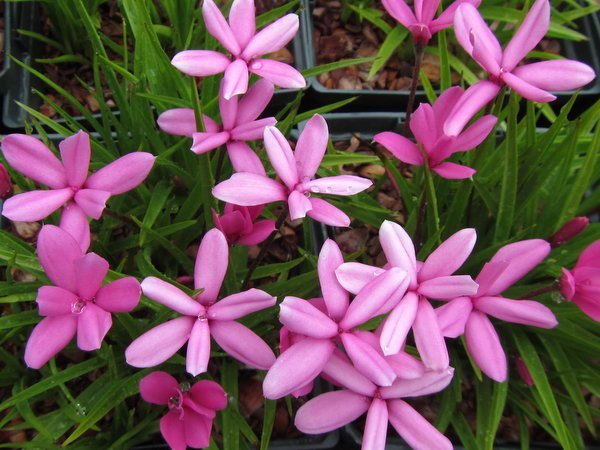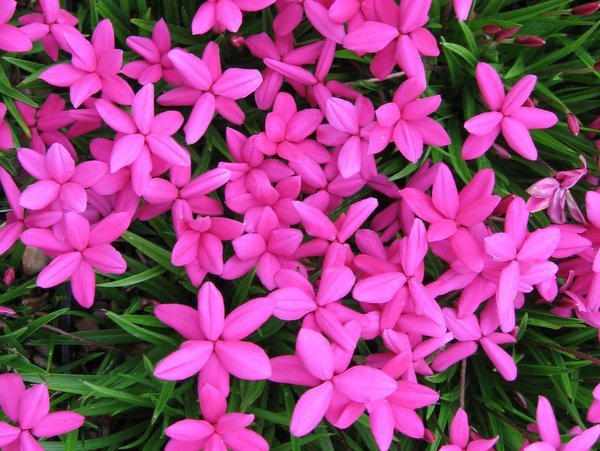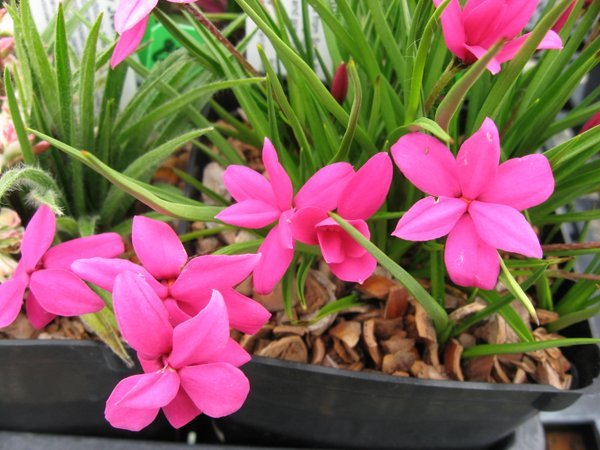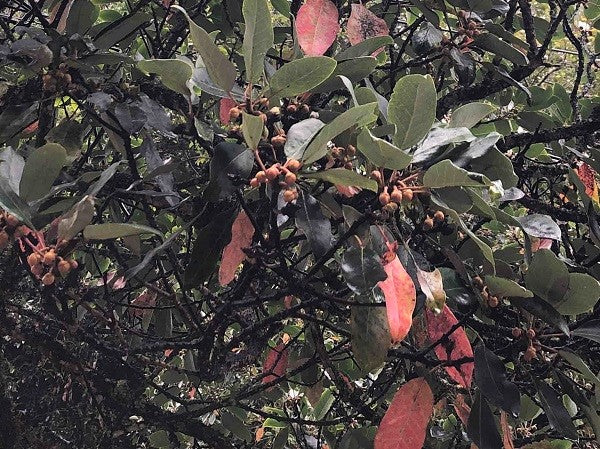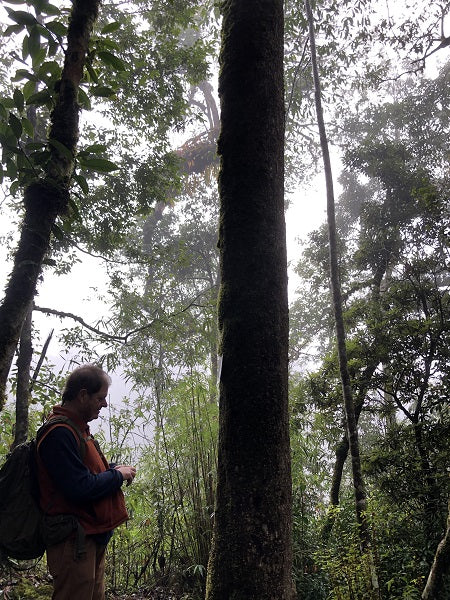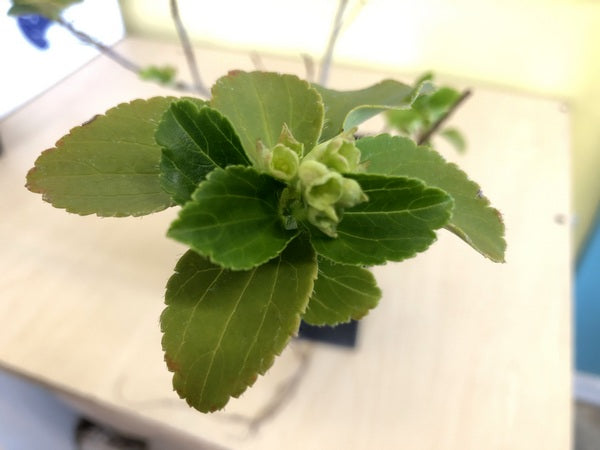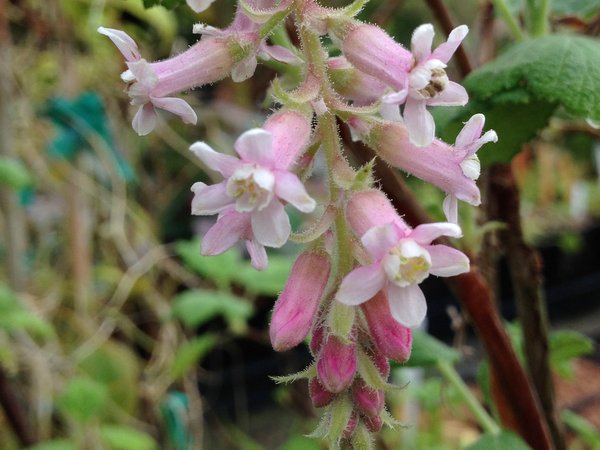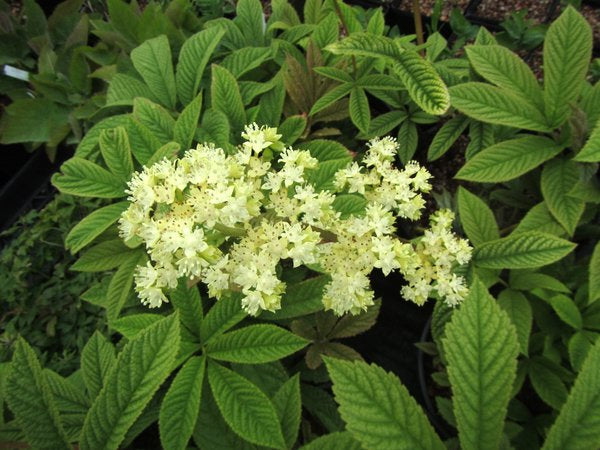Sort by:
1775 products
1775 products
Little bulbous plant from the Drakensberg Mts in South Africa. This is a good rock garden subject in that it likes good drainage in the winter. When growing, keep it watered reasonably and it will bloom its tail off with loads of small reddish flowers. Mulch if bitter cold in winter. This is one of smallest species in the genus and the word "statuesque" will likely never be used in conjunction with Rhodohypoxis. This was simply descriptive and not in the least pejorative. Those little bulbs can be so sensitive about their size.
In the interest of full disclosure, we received this as Rhodohypoxis rubella from a reputable Dutch specialty bulb grower years back and we are having our doubts as to its veracity. Images of R. rubella in the wild suggest it is lighter pink, but then plants can have tremendous variability in the wild or none at all depending on the species. This has smaller flowers than typical R. baurii or its hybrids and smothers itself in rich deep dark pink flowers. Rhodohypoxis grow in South Africa at higher elevations on granitic cliffs where they inhabit little soil-filled pockets. They like good drainage and moisture while in growth and need the good drainage in winter to keep from rotting. Traditionally a classic bulb for small containers or pans as they they quickly fill out a pot and put on quite the display and then when they are going dormant it is easy to bring them into the garage or cool greenhouse over the winter. Here in the PNW, these are excellent rock garden subjects requiring only a bit of covering if winter temps plummet.
Hardy as heck variegated currant which has yellow foliage turning more lime-chartreuse as the season moves along. This is a pretty compact little deciduous shrub making a tangle of twigs to eventually 3 feet tall and as wide. We have ours out in full sun - that is coastal Washington sun mind you - and have seen no foliage burn. We've seen references to it being hardy to zone 2 so assume it is as unaffected by cold as a chunk of basalt. Little reddish fruit can be expected but it is the leaves you are after.
Named for the great English gardener, this evergreen flowering currant has pendulous fragrant creamy-white flowers in late winter-early spring. This is a very uncommon selection which is more compact than typical for the species and will give your garden chutzpah. Appreciates not having to bear winter winds and can take some dry shade.
A selection from the mountains of Orange County CA notable for its rose colored flowers. This species has somewhat viscid green leaves that tend to drop in late summer but reappear with the rains of autumn and have handled temps to 15F here. Late winter-early spring flowers in our area, these delight our overwintering Anna's hummingbirds and in warmer areas, this will flower all winter. Good drought tolerant plant just needing an occasional deep watering.
The rarest species in cultivation having only first been collected by Tony Schilling in 1966 from a small colony found in the Dudh Kosi Valley in Nepal. This has handsome pinnate leaves and impressive light white flowers on stems to 3' or more. This species just has a subtle different feeling about it than the other Asian species. Very collectable.
